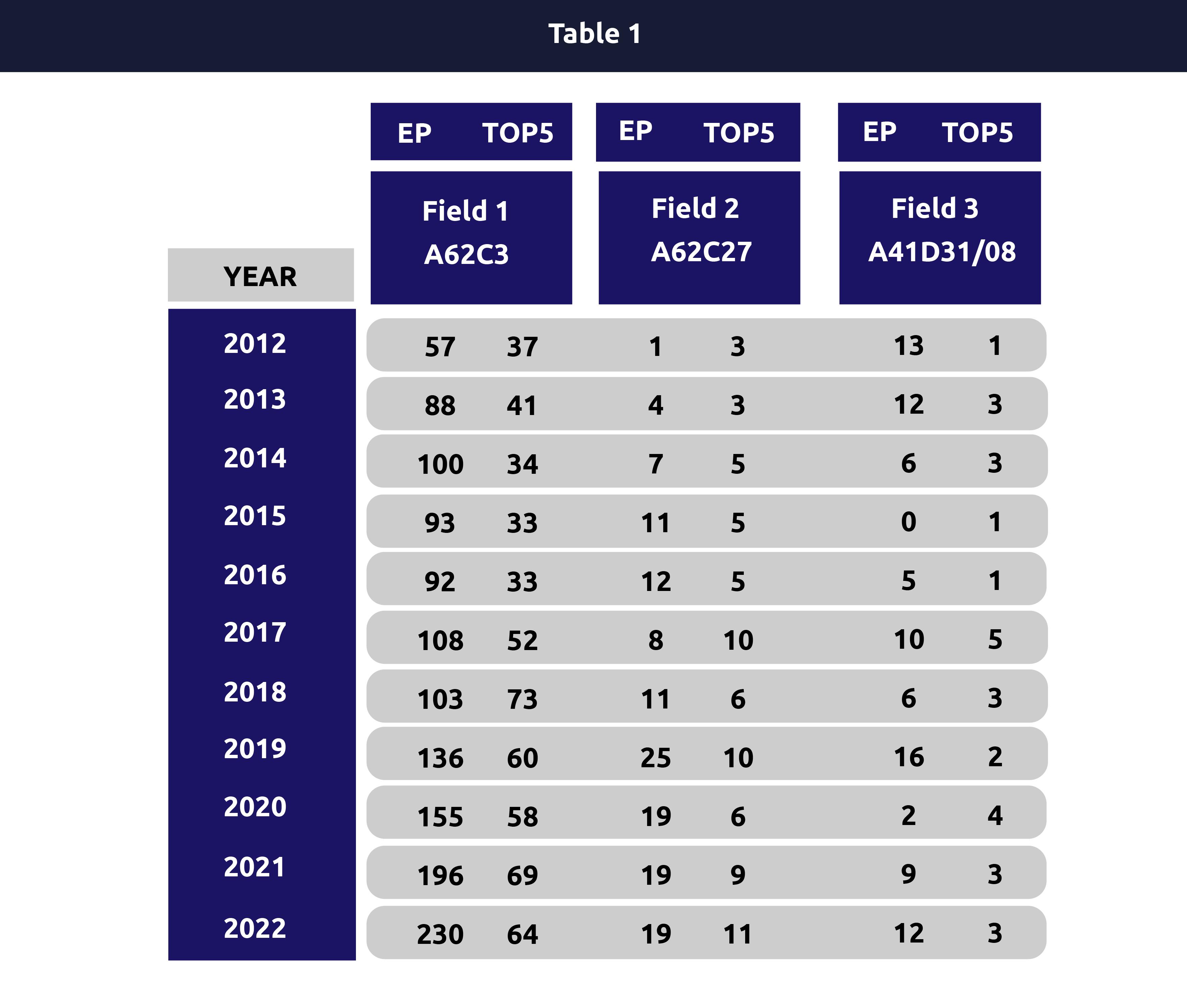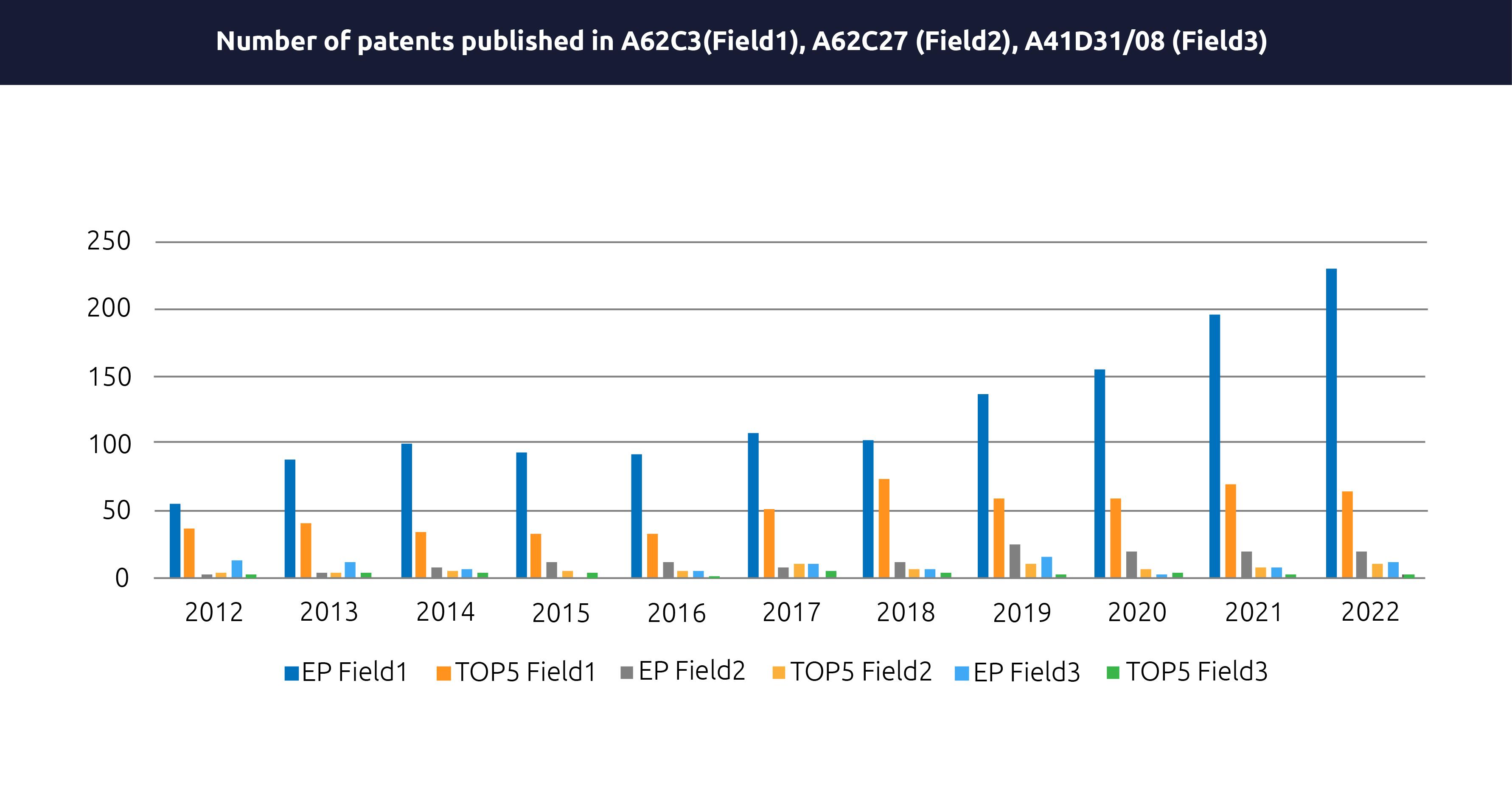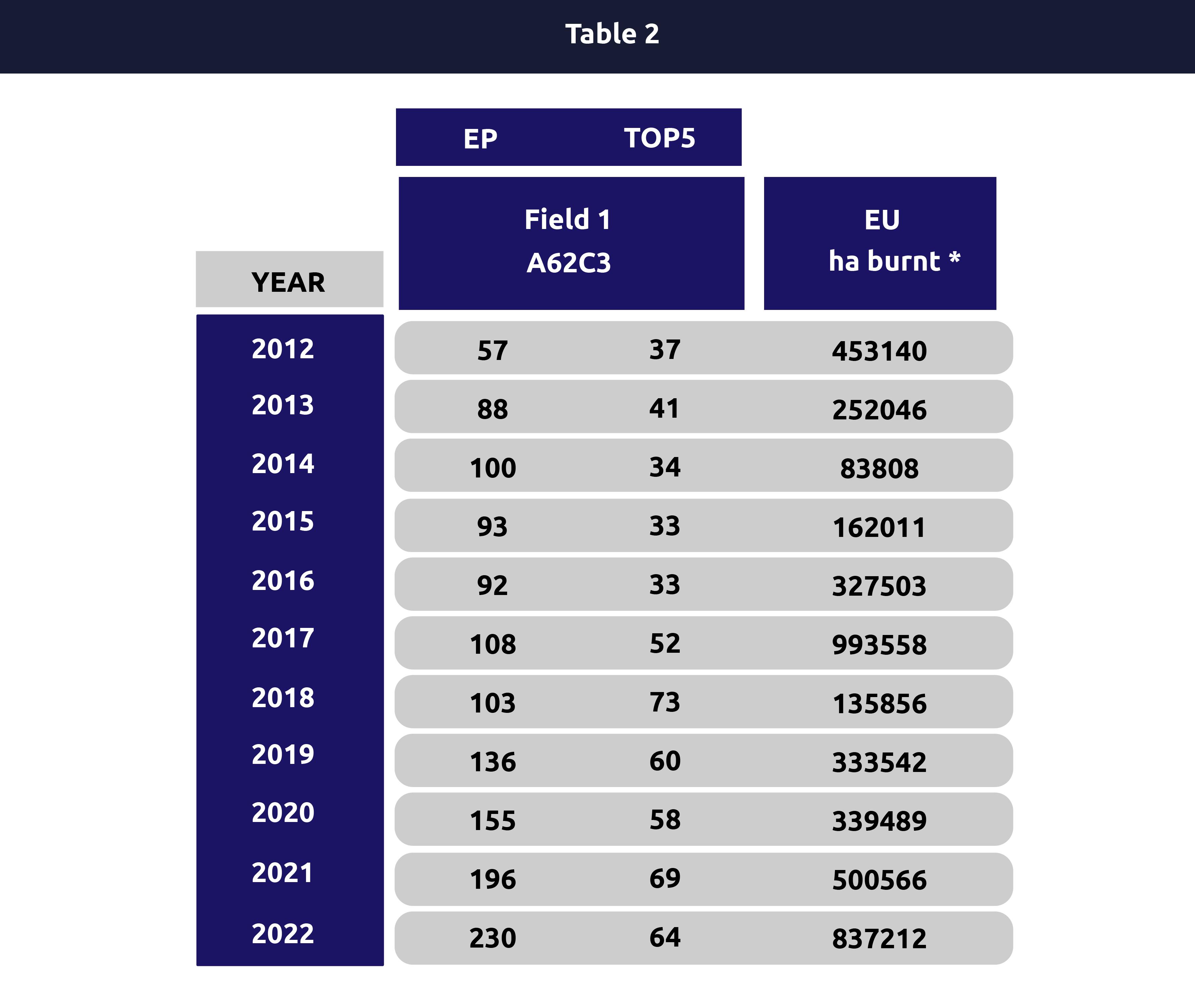
Innovation in the face of Europe’s forest fires

In recent decades, forest fires have emerged as one of the major challenges faced by humanity. And in some European countries, mainly due to climate change, forest fires have become much more than a challenge, they have become an increasingly frequent threat.
As stated in the “Advance report on Forest Fires in Europe, Middle East and North Africa 2022“, issued by the European Commission: “2022 was the second worst year in Europe in terms of burnt areas and number of fires, since 2006. The burnt area in the European Union (EU) was the second highest ever, only behind the year of 2017.”
Out of the total extension of land in the EU that has been burnt in 2022, 44% lie in the so-called protected areas within the Natura2000 network. This huge area amounts to 365,308 hectares, as per the same report.
To fight against such threats that endanger forests, animal, and human life on earth, innovation is one of the possible answers.
As per information available on the European Patent Office (EPO) website, experts from both the EPO and the national patent offices from the European countries most affected by fires, ie, Spain, Portugal, France, Greece, and Italy, joined their efforts and created a series of search queries on patents filed in the fields of fire-fighting innovation.
These search queries intend to support inventors, scientists and engineers providing them with relevant information on patent applications filed in fire-fighting related areas.
The four fields selected
Facing the scenario reported from 2022 in the above-mentioned report, factoring in the number of fires and in the burnt area in Europe, and taking innovation as a possible way to reduce the risks and the consequences related to fires, the following fields have been considered in said search queries, according to the EPO:
- Field 1: fire detection and prevention
- Field 2: fire extinguishing
- Field 3: protective equipment
- Field 4: post-fire restoration
Using data retrieved from the advance reports on Forest Fires in Europe, the Middle East and North Africa from 2012 up to 2022, this article shows a comparison between burnt hectares (ha) in the EU countries in the last 11 years with the number of patent applications filed before the EPO in selected classification codes related to the first three fields above listed, ie, Fields 1, 2 and 3. Field 4 covers a vast area of subfields, which results in too large an area of study in such a short overview.
The classification codes (Cooperative Patent Classification (CPC) and International Patent Classification (IPC) selected for this comparison are as follows:
- Field 1: fire detection and prevention - A62C3 - Fire prevention, containment or extinguishing specially adapted for particular objects or places
- Field 2: fire extinguishing - A62C27 - Fire-fighting land vehicles
- Field 3: protective equipment - A41D31/08 - Fire garments, materials specially adapted for outerwear
Search sentences including each one of the classification codes presented above per year and per territory have been run in the Espacenet search engine for patents.
Two territories have been taken, EP (European Patent) and any one of the top five countries most affected by fires already mentioned, Spain (SP), Portugal (PT), France (FR), Greece (GR) and Italy (IT). Below an example of such search sentence is shown for reference: cl all "a62c3" AND (ap any "PT" OR ap any "ES" OR ap any "FR" OR ap any "IT" OR ap any "GR") AND pd = "2012"
Comparison between the number of patent applications published classified in the selected classification codes
Table 1 below shows the number of patent documents published per year between 2012 and 2022, classified with the codes shown. EP stands for “European Patent” and TOP5 indicates any one of the identified five countries that are typically more affected by fires in Europe.
Patent documents comprise patent applications or granted patents published between 2012 and 2022.
A clear growth in the number of patent published documents classified in Field 1, that is, fire detection and prevention can be seen, being more prominent as EP patent applications than in the TOP5 countries.

Table 1: The number of patent documents published per year between 2012 and 2022 in three of the key innovation fields associated with forest fire prevention, classified with the codes shown. (Source: “Advance report on Forest Fires in Europe, Middle East and North Africa 2022”).
Concerning Field 2 - fire extinguishing - there is a slight growth mainly in the EP territory, while in Field 3 - protective equipment - there is no growth nor decrease in the number of patent applications filed in the correspondent classification code taken for this brief study.

Figure 1: Number of patent documents published in A62C3 (Field1 - fire detection and prevention), A62C27 (Field2 - fire extinguishing), A41D31/08 (Field3 - protective equipment).
The clear growth seen for Field 1 and not really for Field 2 and not at all for Field 3, might mean that inventors and applicants for patents are working harder in the prevention and detection field, that is, upstream the fire burning process.
Better to put major efforts into preventing a fire or detecting it as early as possible than to invest more in ways to extinguish it.
Due to this clear difference, a comparison is now plotted between the data shown for Field 1 against the area burnt in the European Union in those same years (2012 until 2022). Table 2 is showing this data, plotted in the graph of Figure 2.

Table 2: Reports “Advance report on Forest Fires in Europe, Middle East and North Africa 2022” of all years 2012 until 2022, issued by the European Commission.

Figure 2: The number of patents published in A62C3 (Field1) against the amount of area in hectares burnt in the EU (EU considers the countries that were part of it in each year, ie, in the years 2012 and between 2020 and 2022, the EU includes 27 members, in the remaining years, 28 members were part of the EU).
Figure 2 shows a peak of hectares burnt in 2017. This is due to the very extensive fires and areas burnt in Portugal that year, especially in June and October. Apart from this peak, there is also a clear growth in burnt land which considers both a higher number of fires but also a larger extension of them in general.
In order to conclude whether the growth of forest fires in Europe could be a cause for the increasing number of patent applications filed in Europe, a correlation coefficient between the burnt area in hectares in Europe and the number of patent documents published by the EPO has been calculated.
When all data are considered, ie, including the peak seen in 2017, the correlation coefficient is 0,45—a weak correlation.
But, as said, because the year 2017 represents a very atypical case, the correlation coefficient has been also calculated excluding that year. In this case, the correlation coefficient is 0,71, which corresponds to a strong correlation.
Conclusions
Following the correlation coefficient of 0,71 for the data excluding the extraordinary year of 2017, the growth shown in Figure 2 of hectares burnt in the EU countries might thus be responsible for the increasing number of patent applications filed in fire detection and prevention (Field 1) before the EPO (EP patent).
If the inventions for which a patent is sought are able to reduce the number and the extension of fires in the future, it is possible that in the next advanced reports on forest fires in Europe, the Middle East and North Africa the numbers will start to decrease. At least we must hope so.
This is a co-published article, which was originally published in the World Intellectual Property Review (WIPR)





